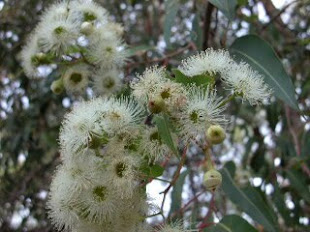It was smiles all around on Saturday 23rd October, when we had completed our first Big Spring Clean Up. Some of our bushland and parks are now a lot tidier.
Seven volunteers at Moulton Wetland Park worked tirelessly for over an hour and a half to collect this modest haul of rubbish (photo below). Don't be deceived - there are a lot of bottle caps and tiny pieces of paper and plastic in those bags! And some weeds...
Here's what they collected from Woodlake Park. There were twice as many volunteers at this site, so naturally they collected twice as much rubbish...or did they actually work twice as hard for half the time?? But they certainly found some interesting litter, including a cheque book and an electric drill.
Not to be outdone, the volunteers at The Vines decided to clean up their whole neighbourhood...I heard that Ailsa Park became a rubbish collection depot rather than a mere clean up site.
Volunteers enjoyed a sausage sizzle afterwards, and there were various awards and prizes given out for their wonderful cleaning work. A good effort, everyone! I'm looking forward to the Big Spring Clean Up in 2011. (Keep your eye on this website!)













